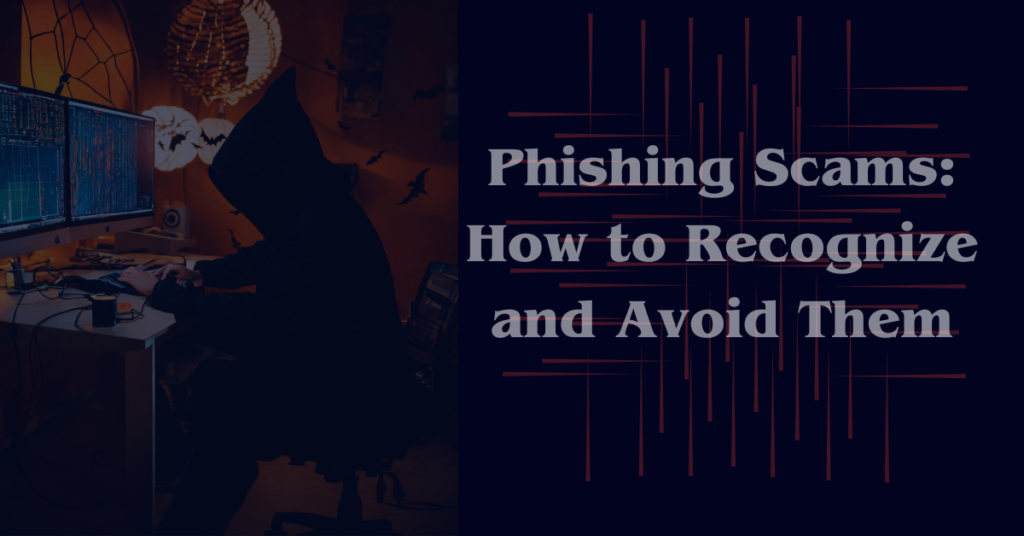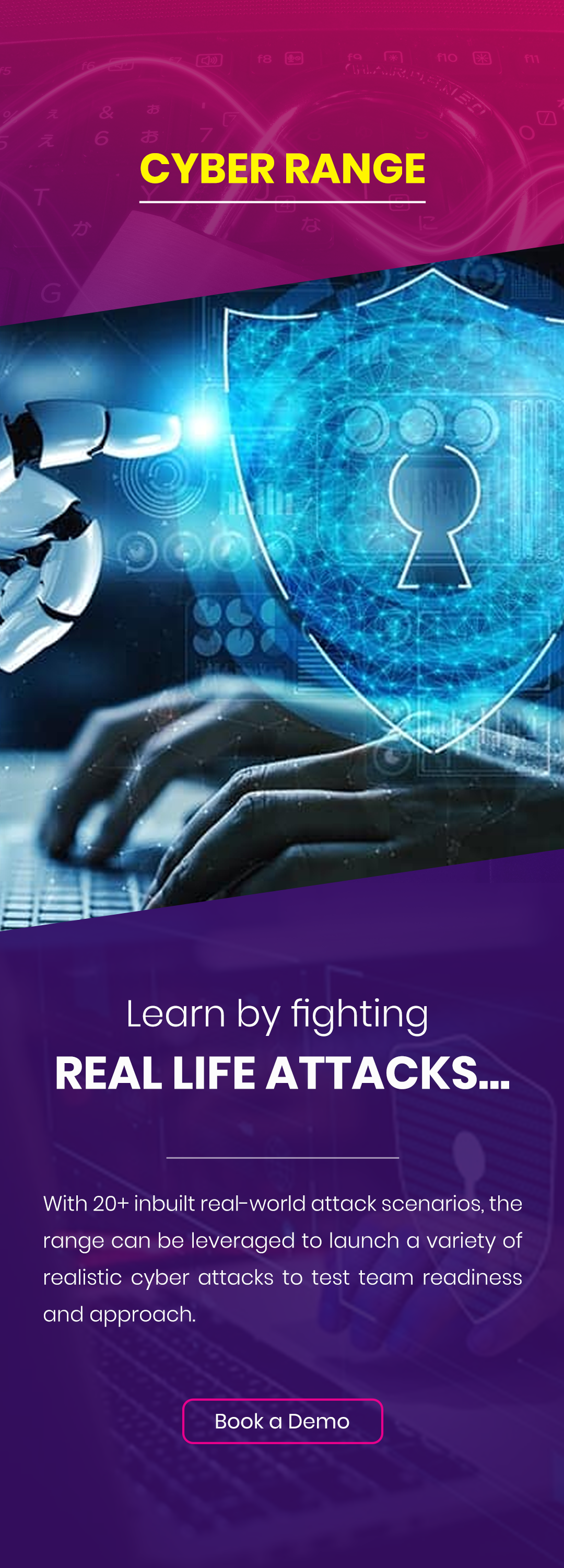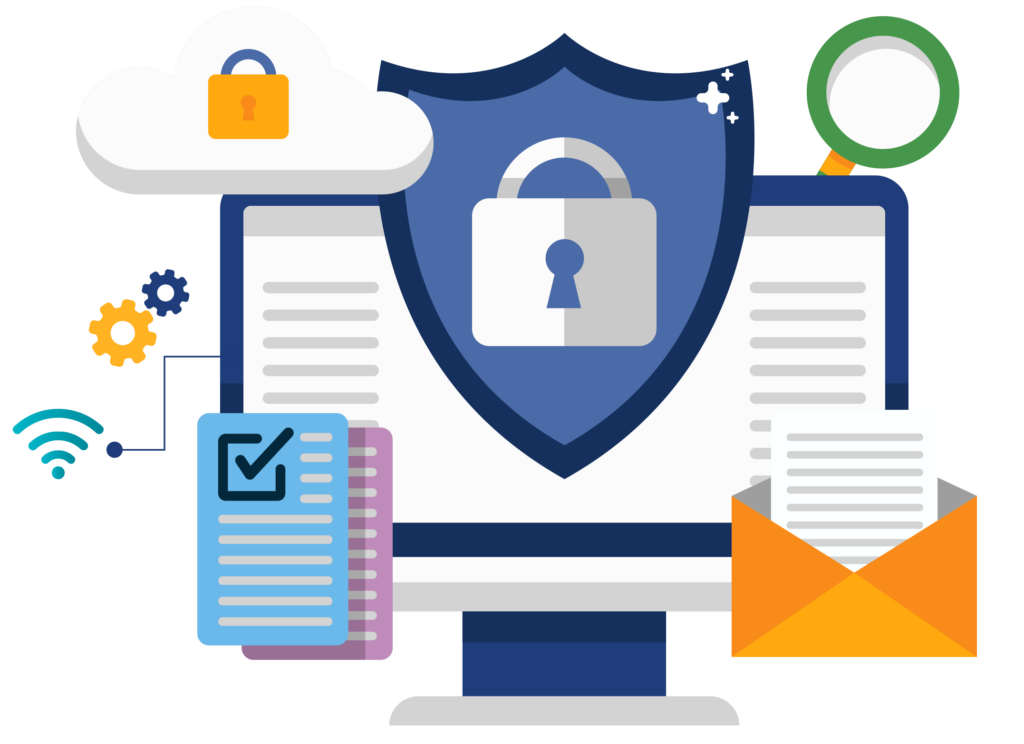
Introduction
Phishing scams are one of the most prevalent forms of cybercrime, targeting individuals and businesses alike. These deceptive attempts to obtain sensitive information can lead to significant financial losses, identity theft, and data breaches. At Purplesynapz, we prioritize educating our community about cybersecurity. In this article, we will explore what phishing scams are, how to recognize them, and, most importantly, how to avoid falling victim to them.
What is Phishing?
Phishing is a type of cyber attack where attackers pose as legitimate entities to deceive individuals into providing confidential information, such as usernames, passwords, and credit card details. These attacks are typically carried out via email, social media, or other digital communication channels.
Common Types of Phishing Scams
- Email Phishing
- Attackers send emails that appear to come from reputable sources, such as banks, online services, or colleagues, urging recipients to click on a link or download an attachment.
- Spear Phishing
- This targeted form of phishing involves personalized messages sent to specific individuals or organizations, often using information gathered from social media or previous breaches to increase credibility.
- Whaling
- Aimed at high-profile targets like executives or senior management, whaling attacks use tailored tactics to trick victims into divulging sensitive corporate information.
- Smishing
- Phishing conducted via SMS messages. Attackers send text messages with links to malicious websites or prompts to call fraudulent phone numbers.
- Vishing
- Voice phishing involves phone calls where attackers impersonate legitimate entities to extract personal information from victims.
How to Recognize Phishing Scams
- Check the Sender’s Email Address
- Phishing emails often use addresses that mimic legitimate ones. Look for slight misspellings or unusual domain names.
- Look for Generic Greetings
- Legitimate companies usually address you by your name. Be cautious of emails that start with “Dear Customer” or “Dear User.”
- Beware of Urgent Language
- Phishing scams often create a sense of urgency to provoke an immediate response. Phrases like “Immediate Action Required” or “Your Account Will Be Suspended” are common.
- Examine Links Before Clicking
- Hover over links to see the actual URL. Be cautious of links that look suspicious or do not match the company’s website.
- Check for Spelling and Grammar Errors
- Legitimate companies typically proofread their communications. Numerous errors can be a red flag.
- Look for Unusual Attachments
- Be wary of unexpected attachments, especially if they prompt you to enable macros or download files.
How to Avoid Phishing Scams
- Enable Email Filters
- Use spam filters to block potential phishing emails from reaching your inbox.
- Use Multi-Factor Authentication (MFA)
- MFA adds an extra layer of security by requiring multiple forms of verification before accessing accounts.
- Keep Software Updated
- Regularly update your operating system, browsers, and security software to protect against known vulnerabilities.
- Educate Yourself and Your Team
- Participate in cybersecurity training programs to stay informed about the latest phishing techniques and prevention strategies.
- Verify Before Trusting
- Independently verify any unexpected request for sensitive information by contacting the organization directly using official contact details.
- Report Suspicious Emails
- If you receive a phishing email, report it to your email provider and the organization being impersonated.
Conclusion
Phishing scams are a constant threat in the digital world, but by staying vigilant and informed, you can protect yourself and your organization from these malicious attacks. At Purplesynapz, we are dedicated to empowering individuals and businesses with the knowledge and tools needed to navigate the cyber landscape safely.
Hits: 12





